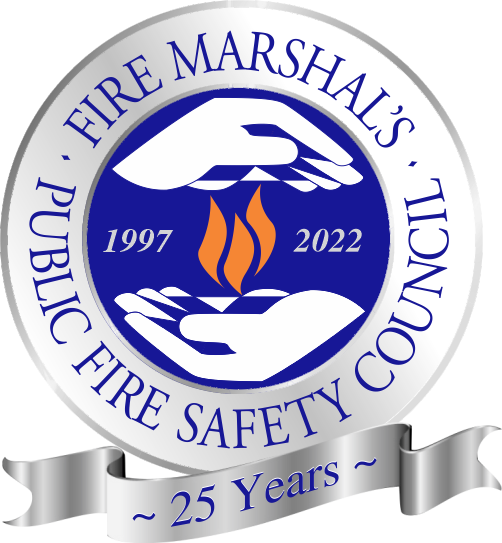NFPA 55, 2020 edition, is a must-have resource for improved industrial safety around compressed gases and cryogenic fluids.
Working with and around industrial gas calls for a specialized skill set and understanding of general operating and safety requirements. NFPA 55, Compressed Gases and Cryogenic Fluids Code, demonstrates how to mitigate physiological, over-pressurization, explosion, and flammability hazards relating to these highly combustible materials in all types of occupancies.
This NFPA publication is essential for everyone from installers, contractors, and engineers to code enforcers, inspectors, and environmental health and safety personnel. NFPA 55 provides comprehensive coverage of the fundamentals for safer and more effective installation, storage, use, and handling of gases in portable and stationary containers, cylinders, equipment, and tanks.
Code content covers:
- General requirements for emergency readiness and response
- Classification of hazardous materials
- Building control areas and fire and hazard protection systems
- Storage, use, and handling of compressed gases and cryogenic fluids
- Bulk oxygen, gas hydrogen, bulk liquefied hydrogen, gas generation, and carbon dioxide systems
- Storage, handling, and use of ethylene oxide for sterilization and fumigation
- General requirements and special considerations for acetylene cylinder charging plants
- Provisions and maintenance procedures for liquid nitrous oxide systems
- Health care facilities cryogenic fluid central supply systems
Be confident you have the most current information you need to stay code-compliant and help safeguard lives and property.
NFPA 55 has been significantly revised to reflect the latest industry practices, trends, and technologies. The 2020 edition offers the most complete set of industrial gas requirements. Changes include:
- A new definition in Chapter 3 for press-connect fittings. The definition incorporates fitting designs with and without elastomeric seals
- A code change in Chapter 6, Table 6.6, involving pyrophoric gases to provide a safe system for control of these types of gases in high hazard gas rooms serving Protection Level 5 fabrication facilities
- A new subsection in Chapter 8 under Pressure Relief Devices requiring pressure relief devices involved with cryogenic fluid piping systems venting to the outdoors when the maximum allowable working pressure or maximum process operating pressure is released
- New text added to Section 11.3, Location of Bulk Liquefied Hydrogen Systems, to reflect the intentional omission of vent stacks in hydrogen storage systems as they relate to setback distances
- New text in Liquid Nitrous Oxide Systems in Chapter 16 directing the reader to Chapter 17 for medical gas applications
Help protect your personnel and facility from compressed gas and cryogenic fluid hazards.
